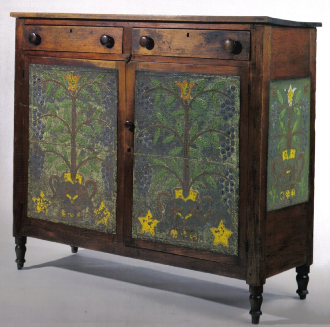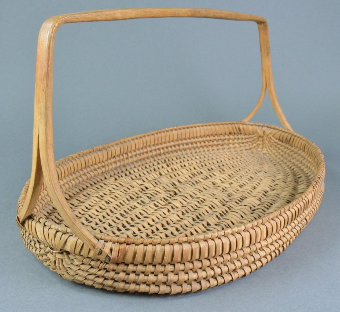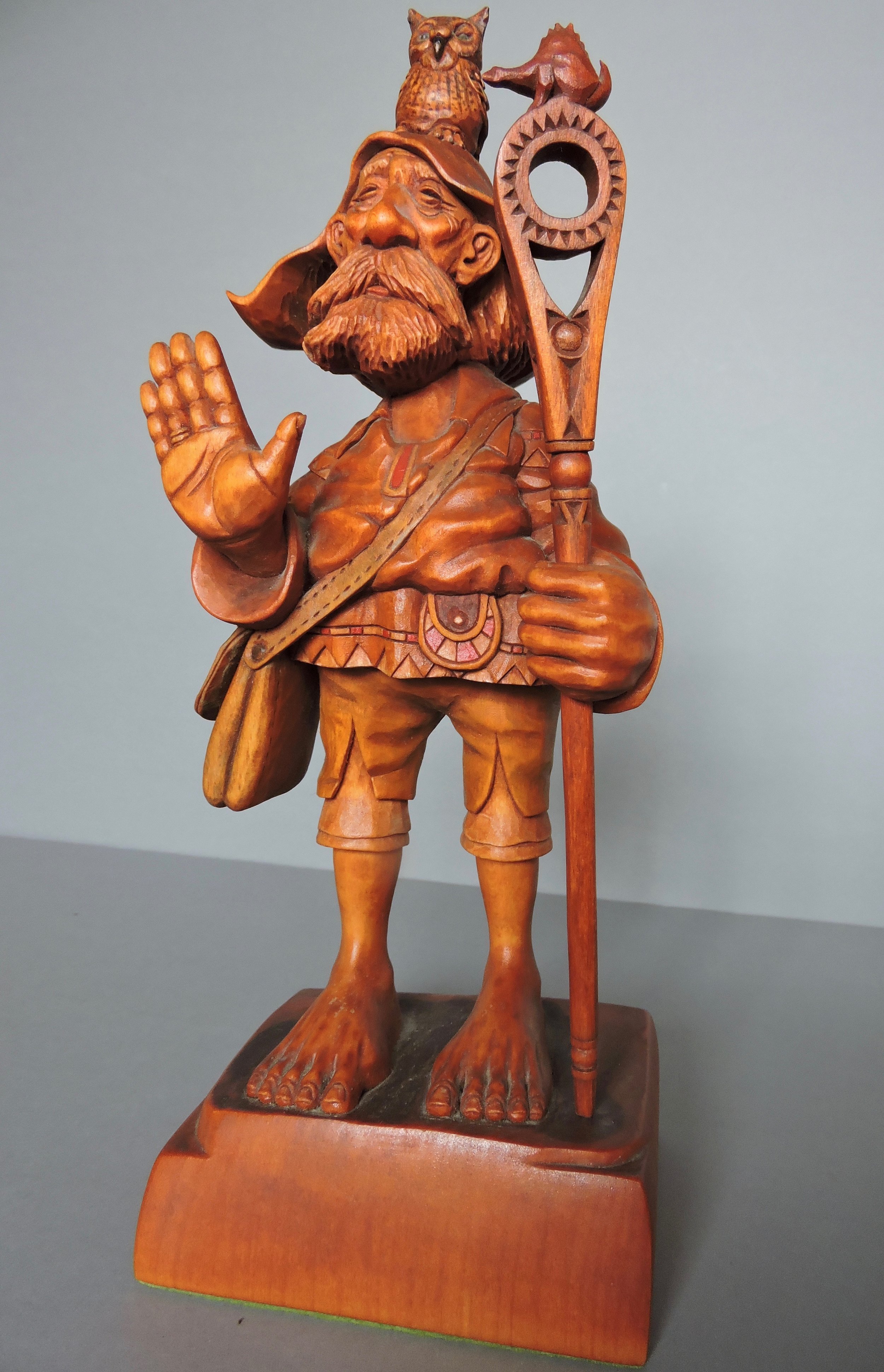I recently had the opportunity to speak at a Colonial Williamsburg event on the topic of folk art. One of the questions I addressed was what exactly is folk art? This is a very interesting question. You could probably ask fifty people that question and get fifty different answers. Historically, in the nineteenth century, the English and Europeans looked down on the folk art as art that belonged to the lower and middle classes. It was traditional rather than gilded, high-end, and made for the elite. In fact, it was only last year that the Tate Museum in England had its first ever exhibit of folk art.
Since that time, this bias influenced a lot of early collectors and museums. Labels such as naïve, untrained, primitive, and more recently outsider, were applied to folk art. One-hundred and fifty years later, these terms seem apologetic and in today’s world, there has been a movement to shed these terms. Folk art stands alone as a viable art form when compared to all other art forms, including historic academic artwork.
Folk Art is inclusive. The editor of “The Magazine Antiques” wrote in Fall 2009, “At best, the definition of folk art is dodgy – it is inclusive, not exclusive. You must embrace the ambiguity – otherwise you’ve missed it.” This inclusivity helps make it America’s art. We don’t care as much about an artist’s pedigree, a great object is a great object whether beautifully made by a master artisan or the result of an artist’s unique vision.
For instance, why is a great Samuel Robb tobacco figure so desirable? These figures served a practical purpose: immigrants who may not know English passing tobacco shops would know where to buy their tobacco once they spotted a figure. A merchant had the choice to purchase an unsightly, poorly made figure or a striking figure by Robb. Ultimately, they chose Robb’s work because it was extremely well done and their customers also liked them. Because his work was so unique and well crafted, it insured that Robb was well paid.
While folk art is usually well made by a skilled artisan, it is also ambiguous and inclusive. There is no one particular style – folk art changes, and changes, and changes again. Always surprising, always engaging.





